Horse Domestication

Horse domestication for the use of military was an astonishingly good idea. It helped soldiers move quickly and attack with ease from a higher vantage point.
Historians think horse domestication was so massively important that it helped the Mongolian Empire grow as vast as it did. They also theorize that’s why horses are such an essential part of Mongolian culture today.
Catapults
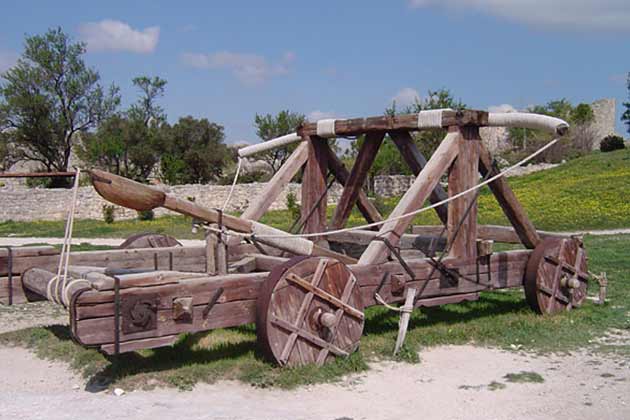
Long-range artillery was absolutely essential in ancient warfare. As far back as 750 BC, the catapult was used to take down strongholds and forts like Motya, a key Carthaginian stronghold in Sicily.
Catapults were also used during trench warfare during WWI – mostly to throw hand grenades across No Man’s Land into enemy trenches.
Submarines
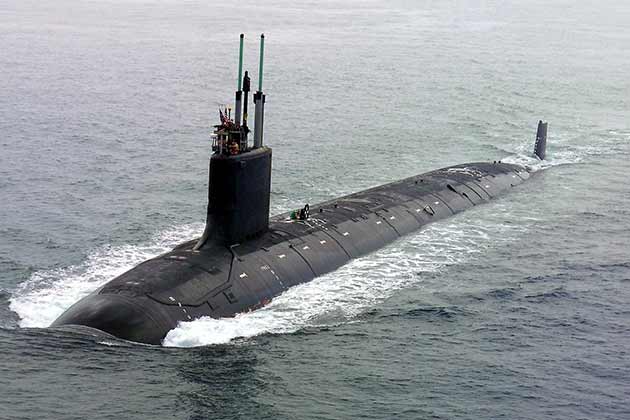
Submarines have been extremely useful during wartime. The first military sub was called Turtle. It was used during the American Revolutionary War by the Continental Army to sink a British Warship.
Turtle's mission failed, but it planted ideas in the heads of inventors. Submarines had a huge impact on WWI, especially German U-boats – one of which infamously sunk the RMS Lusitania.
Jerrycans
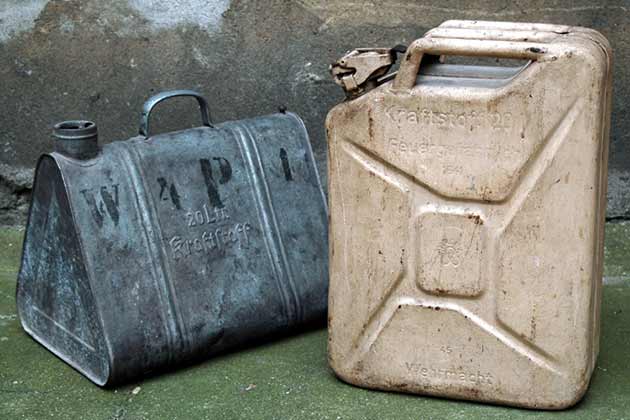
The invention of jerrycans is contributed to Germans during the 1930s, although a similar design was used during the Spanish Civil War. Fuel was difficult to transport until the invention of a 20-liter carrying device – the jerrycan.
Germans began to stockpile the cans in anticipation, which aided the rapid advance through Poland during WWII.
Drones
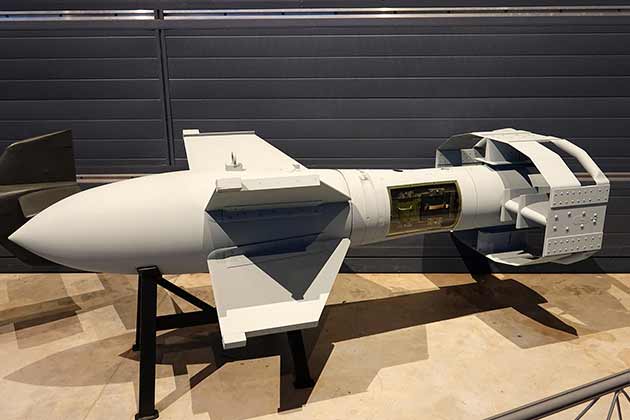
Research for drones began in 1916. Unfortunately, no prototypes yielded great results. However, in 1943, Germany created Fritz X. This was a remote-controlled weapon that was used to sink ships during combat.
However, drones that dropped bombs didn’t become widely used until later. In 2001, the CIA began flying drones over Afghanistan during the war against the Taliban. Drones have been indispensable ever since.
Jeeps

Jeeps were originally created for military purposes during WWII. The first was called Willy’s Quad, and the design only improved from there.
By 1941, the vehicle had upgraded substantially and became the primary light four-wheel-drive used by the United States Army and the Allies. Civilian Jeeps weren’t created until 1945.
Cannons
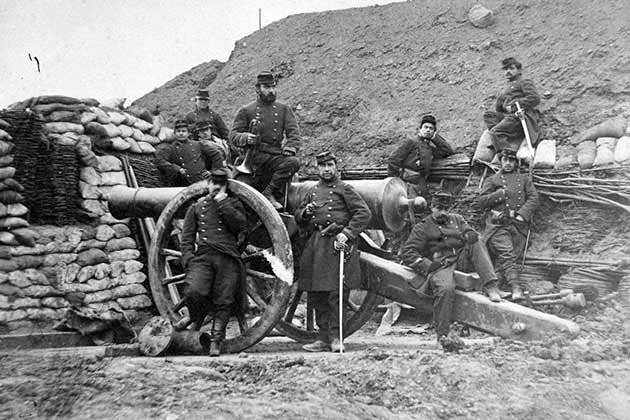
In the medieval period, laying siege to a castle was a deadly affair, especially since the high walls of castles were nearly impenetrable. Well, around the 15th and 16th century, canons were invented and that made attacking castle walls much easier.
Not only could they bust walls, but noblemen behind the walls also had to spend massive amounts of money to hire more troops. This broke them down monetarily as well as physically.
Paratroopers

Paratroopers provided flexibility on the battlefield in a way that no other invention had before. Shortly after WWI, General Billy Mitchell suggested parachuting troops from aircrafts into combat. The United States originally dismissed the idea, but Germans began developing a way to create paratroopers.
Later, Germans would use paratroopers to spearhead assaults in Holland and Belgium. Other countries began to catch on, and this developed a new form of warfare.
The Telegraph
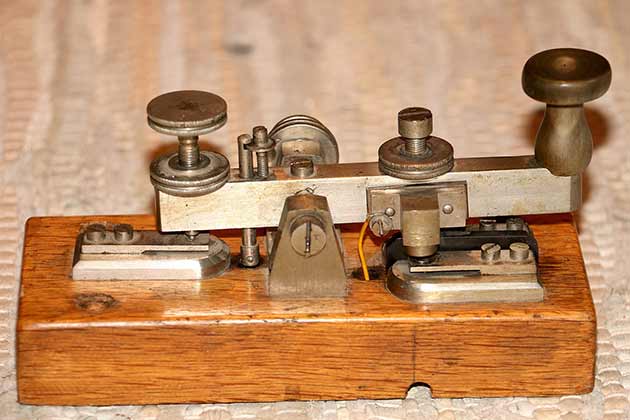
The telegraph was an indispensable tool during the Civil War. Abraham Lincoln used telegraphs daily to receive news from the battlefield and issue orders to commanders.
When an army arrived at a location, telegraph lines immediately went up, and troops became particularly skilled at it. Without the telegraph, it would have been impossible to communicate to everyone where the enemies were and how to handle each situation.
Longbows
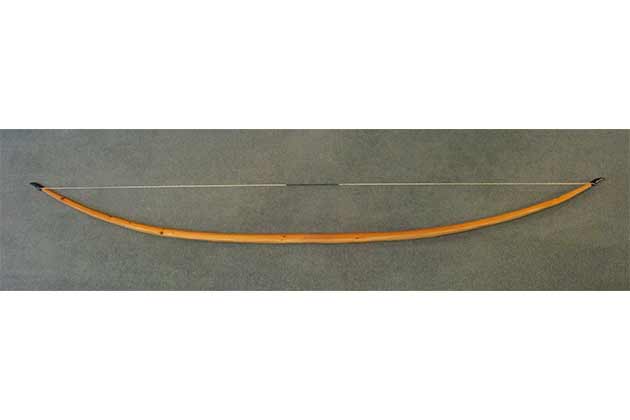
The invention of bows had a significant impact on military strategy, but longbows changed everything. One example of this was the Battle of Crecy.
In 1346, 10,000 Englishmen fought against a Gallic force of 40,000 to 50,000. In this battle, the Englishmen suffered around 300 casualties while the enemy lost between 8,000 to 10,000 – all thanks to the longbow.
Hydrophones
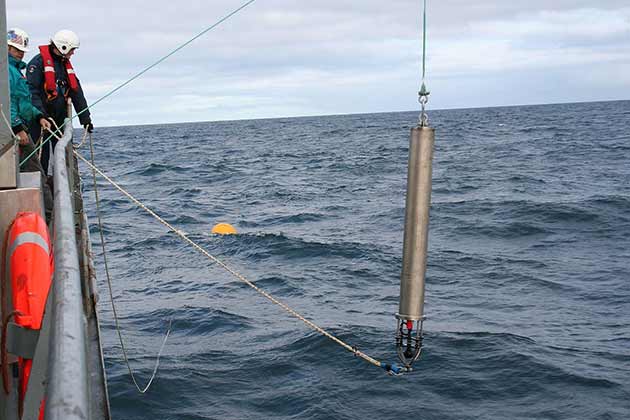
You can’t just drop bombs willy-nilly. Locating German U-boats was just as important as the bombs themselves. Hydrophones were created simultaneously with depth charges and could locate U-boats using sound waves produced by a microphone.
It was first invented in 1914 as a way to locate icebergs after the Titanic disaster. It wasn’t useful for that, but it did help sink the first U-boat in 1916.
Canned Food

You have to feed the troops, and this was a serious problem prior to the invention of canned food. A Parisian discovered preservation of food in jars in the 1700s, but it pretty cumbersome. Later, cans came along, but they made by hand, which jacked up the price.
It wasn’t until WWI that canning was perfected. The production of cans became cheap and easy, and soldiers were given low-quality canned food. The cans allowed commanders to transport tons of food for their troops to survive on.
Tanks

In 1915, the Allies began developing a “landship.” That being said, the first tanks didn’t see battle until the Battle of Somme in 1916.
The French soon followed up with their own design, that established the classic tank look with a turret on top. However, tanks didn’t really become immensely popular until WWII.
Depth Charges

German U-boats were a huge problem. They sank millions of tons of cargo and killed tens of thousands of soldiers and civilians. The solution was depth charges.
These were underwater bombs that could be lobbed from the deck of a ship using a catapult. The idea was first sketched out in 1913, and the first successful attack on a German U-boat was in 1916.
Penicillin
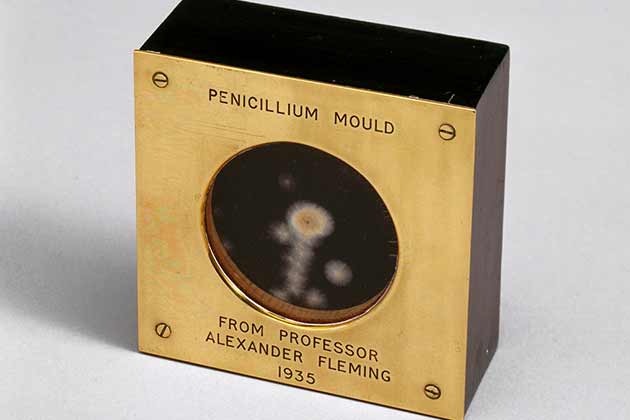
Penicillin may be useful around the world today, but it was originally discovered during WWI by Alexander Fleming. He served as a captain in the Royal Army Medical Corps, and while doing so, he witnessed many deaths due to sepsis.
Years later, he discovered the mold that could be turned into penicillin.
EpiPens

EpiPens? How were they a military invention? Well, the device started its life in the military sector as a way for soldiers to inject themselves if they were exposed to poisonous gas.
The design allowed them to be injected fast, easy, and safe. Sure, it eventually made its way to civilians, but it was still essential to save soldiers during the war.
Walkie-Talkies
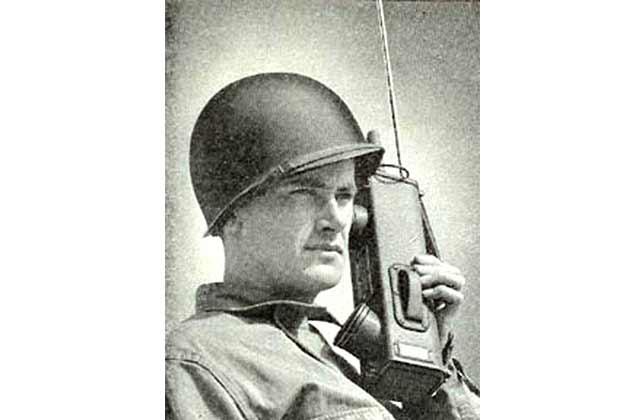
Walkie-talkies were developed thanks to government military funding. In 1940, the United States government hired Motorola to produce the SCR-300, a portable two-way radio. The radio was heavy and had to be carried on a soldier’s back.
This gave it the famous name “walkie-talkie,” which is still used today. Now, they’re lighter, easier to carry, and can reach farther than ever.
The Railroad
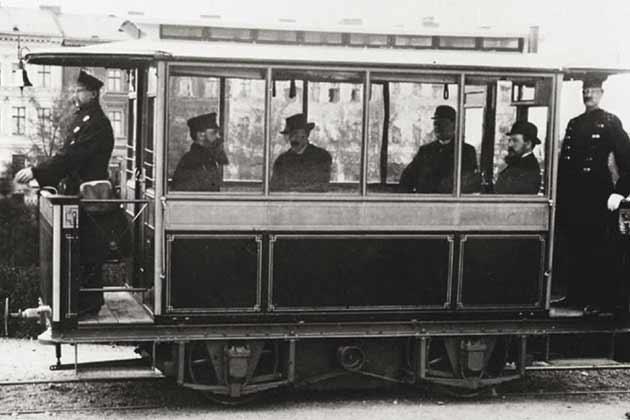
While the railroad was a project before the Civil War, the railroad was essential for supplying troops during the war. The Union Railroad Train was far superior when compared to Confederate Railroads, and this heavily impacted Confederate troops.
Despite this, the railroad saved the Confederates on more than one occasion. During the First Battle of Manassas, reinforcements were delivered and helped the Confederates win.
Interrupter Gear
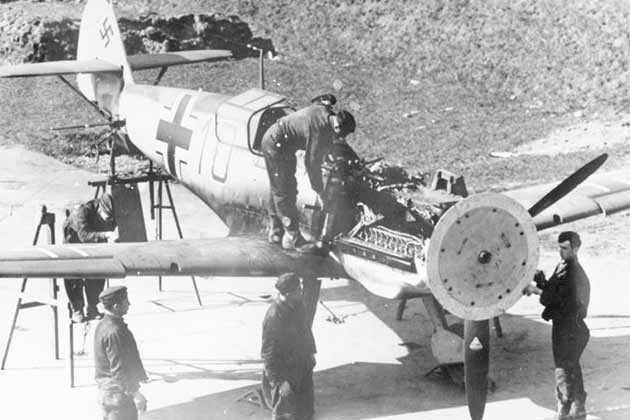
Shooting from a plane was great and all, but how do you avoid the propeller blades? Enter interrupter gear. Swiss engineer Franz Schneider came out with a patent for interrupter gear in 1913.
Dutch designer Anthony Fokker improved on the design by adding a synchronizer, which centered on a cam attached to the propeller shaft. This allowed a machine gun to fire between the blades of a spinning propeller. Germans adopted the idea in 1915, and the Allies soon followed suit.
Bulletproof Vests
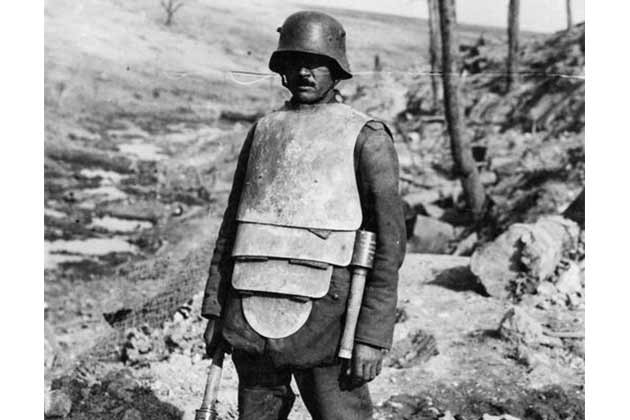
Today, soldiers rely on bulletproof armor to survive an attack. Well, the original design wasn’t as convenient as the 5.5-pound vest of today. The first bulletproof vest, the flak jacket, was a hefty 22 pounds.
During WWII, the flak jacket was invented using ballistic nylon, but they were bulky and ineffective against rifles and pistols. Thankfully, the tech improved.
Repeaters
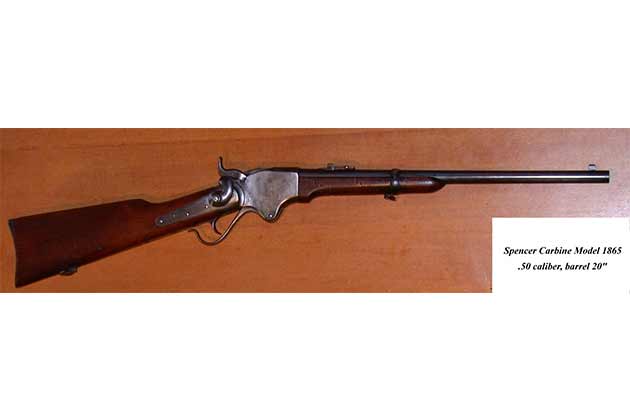
Rifles with Minie balls were easy, but the user still had to stop and reload after every shot. Not only was this inefficient, but it was also dangerous. It wasn’t until 1863 that a repeating firearm was created.
These could fire more than one bullet without having to reload. One of the most famous could fire seven shots in 30 seconds – the Spencer carbine.
GPS
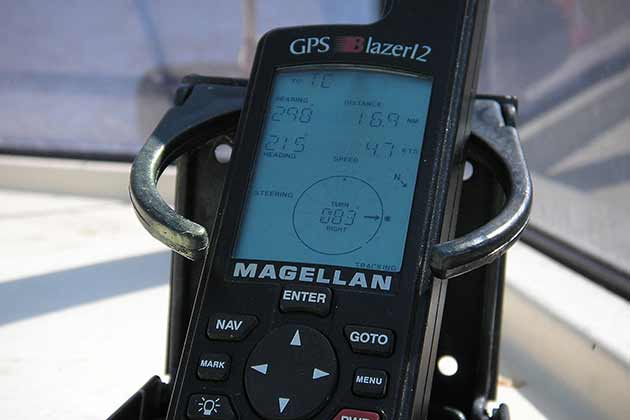
GPS has come a long way since it first started. In 1974, the military had created what we know today as a traditional GPS.
Since it was still pretty primitive, it was mostly used to detect the launch or detonation of nuclear devices. After decades of improvement, today’s GPS is used to increase weapon accuracy, find troops, and several other things.
Machine Guns

Anyone who knows anything about war knows that machine guns can rip through an unprepared troop. The first machine gun was developed in the mid-19th century.
The Model 1862 Gatling gun was one of the first that could fire quickly and loaded mechanically, so The United States Navy quickly adopted it.
Blood Transfusions and Banks
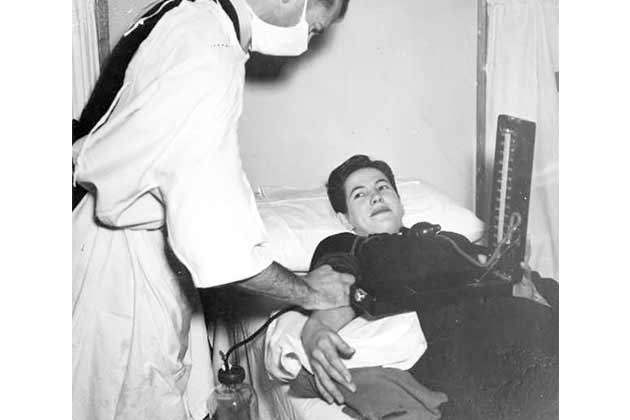
Blood transfusions and banks saved the lives of soldiers all over the world. In 1916, two inventors discovered a way to store blood for several days after collection.
This discovery allowed for the establishment of the first blood depot by the British during WWI. The blood bank allowed surgeons to save troops that had been severely injured and would have died otherwise.
Rocket Artillery
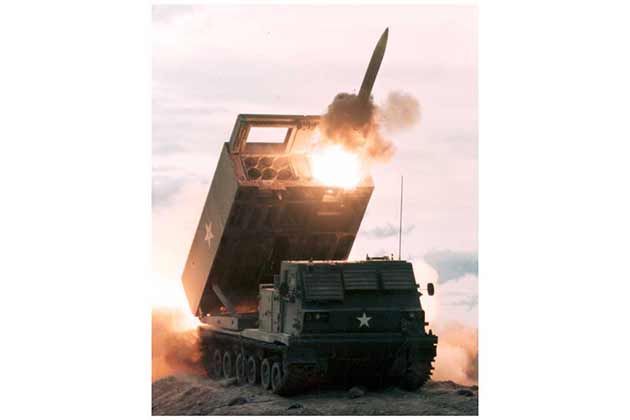
Did you know rocket artillery was used regularly in medieval Europe? However, it wasn’t until Tipu Sultan of Mysore came along that he established the first iron-cased metal-cylinder rocket.
Skip ahead centuries, and the military uses rocket artillery all the time. Now, the missiles can be programmed to land in a particular spot with near-perfect accuracy.
Nuclear Bombs

No list is complete without the addition of atomic bombs. The first use of a nuclear bomb was in August 1945. Two of them were dropped on Hiroshima and Nagasaki and killed more than 200,000 people.
The United States and the Soviet Union began a nuclear arms race, which resulted in massive stockpiling by both sides. Today, nine countries have at least one nuclear weapon at their disposal.
Warships

The warships we know today started as galleys, which were used to ram and sink enemy vessels during the time of Mesopotamia. Warships with weapons didn’t really come about until the Crimean War when explosive shells were introduced.
Over the centuries, the warship improved substantially until the introduction of aircraft carriers. Today, the most dominant warship is the carrier.
Tactical Air Support
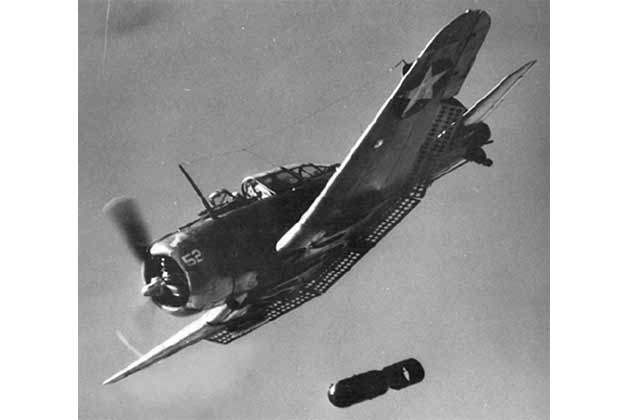
Less than 15 years after the Wright brother's first flight, airplanes were being used in WWI. Along with balloons and airships, planes were used for reconnaissance.
They were primitive but did the job. Even this early, it became clear that airplanes would become a key part of war because they could hold heavy bombs and machine guns.
Night Vision
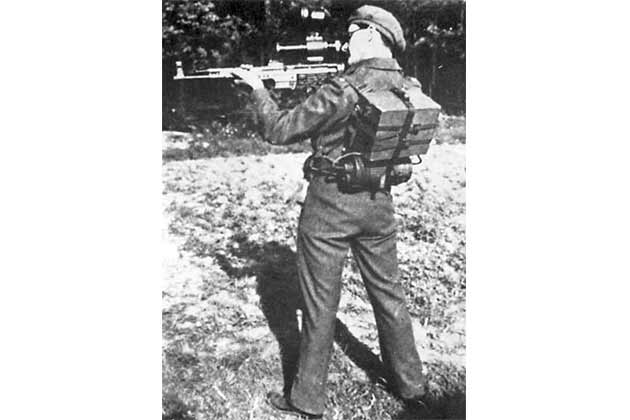
Being able to see in the dark? It’s obvious how useful this could be in battle. The first night vision devices go back just before WWII broke out. Germany and the Allies were working on tools that could amplify existing light.
Unfortunately, they were heavy and had to be mounted on trucks. Over the decades, the tech was improved. So much so, Operation Desert Storm (early 1990s) heavily relied on night vision systems.
Shrapnel Shells
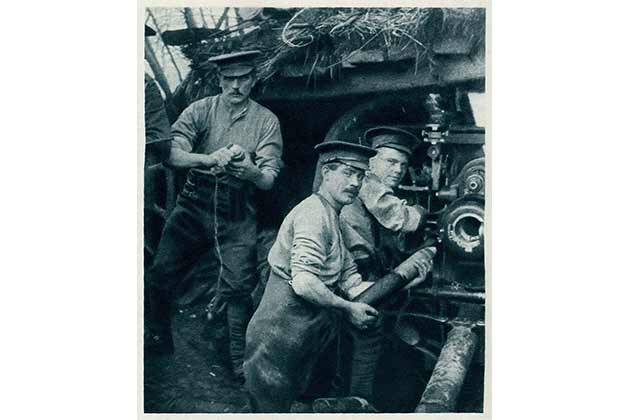
The invention of shrapnel is terrifying, but it aided in warfare. It began in 1803 when the British army started using shrapnel shells.
They contained a large number of bullets that released at high velocities and decimated the human body. Eventually, it was replaced with high-explosive shells during WWI and was extremely effective at cutting down troops.
Poison Gas

WWI saw the use of poison gas with devastating effects. The German’s began the large-scale use of poison gas when they used it to attack Russians in 1915 during the Battle of Bolimów.
It wasn’t successful, but Germans kept trying and eventually saw success later that year when they sprayed French troops with chlorine gas. Before long, the Allies began using chemical warfare.
Minie Balls

Rifles have been around since the 1400s, but they weren’t the most popular way to fight. The main reason? Loading them was a huge pain.
It wasn’t until Minie balls (1849) came around that rifles spiked in popularity. Unlike the previous bullets, Minie balls were a bit smaller in diameter than the barrels they were meant for, which meant they fell right into the barrel.
Aircraft Carriers

The first aircraft carrier was the HMS Furious, which was a 786-foot battlecruiser with two massive 18-inch guns. In theory, it was all fine and good, until the British discovered that the guns were so huge that they would shake the ship apart.
So, they built another vessel that could launch, land, and store airplanes. Aircraft carriers soon became the most prominent warship on the waters.
Air Traffic Control

In the old days (the really old days), a plane in the air was pretty much isolated from the ground. This meant a pilot couldn't receive information that was essential for missions or survival.
The United States was the first to pioneer a two-way radio in a plane during WWI. This allowed pilots to speak to air traffic control and relay pertinent information.
Sanitary Napkins

Sanitary napkins were initially created as a way to soak up blood. Cellucotton, a by-product of processing sugar cane, helped develop the first sanitary napkins, which was used as field bandages.
They were absorbent, cheaper, and easier to obtain when compared to surgical cotton.
 Author
Jennifer Freehill
Last Updated: August 24, 2025
Author
Jennifer Freehill
Last Updated: August 24, 2025